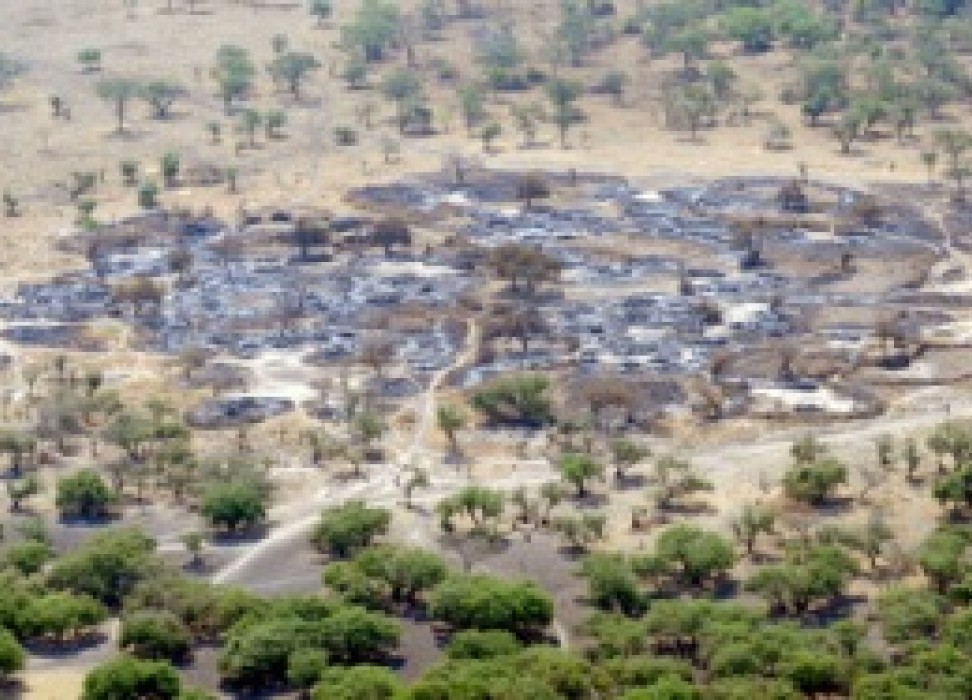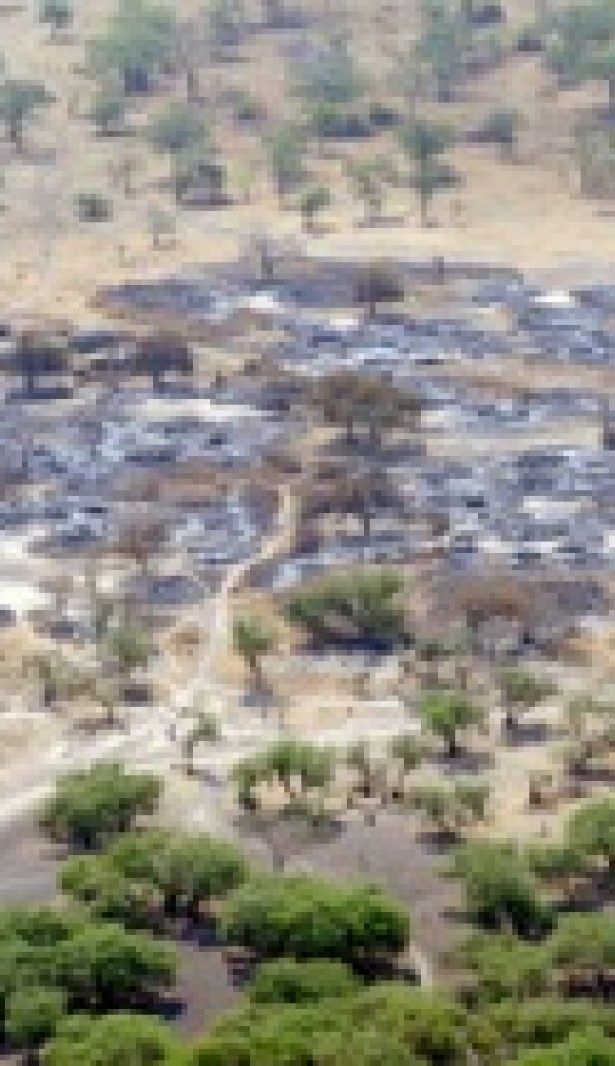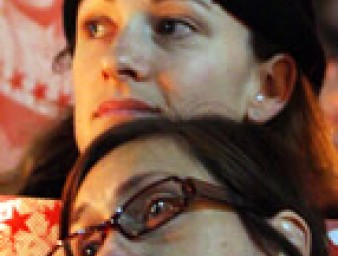Using geography to protect human rights
05 March 2012

What has geography got to do with human rights? A lot, it turns out.
The question came up 29 February 2012 at a discussion in New York on “Media, Social Justice and Human Rights” during the annual meeting of the Association of American Geographers (AAG).
“We are on the ground all around the world and can be among the first to identify and bring to the attention of human rights organisations and the world the human rights abuses we encounter in our field work,” said AAG Executive Director, Doug Richardson.
He demonstrated how, using satellite images, geographic techniques can provide evidence of gross human rights abuses, ranging from burnt villages to mass graves.
Such verification, he said, does not only document evidence of abuses, but it can also serve to prevent further abuses.
“When villages are threatened, we are trying to [warn] those who are threatening to attack that we are monitoring them; that the world is watching and if they [attack], we are going to see it happening in real time and perhaps there will be a response,” he said, adding that there is evidence that such warnings have, in some cases, averted the attacks.
Amnesty International Secretary-General Salil Shetty cited specific uses of geographic information to identify human rights violations. In Cambodia, satellite images were used to identify mass graves. In North Korea, a combination of witness accounts and satellite images had helped locate secret prison camps.
Assistant Secretary-General for Human Rights, Ivan Šimonović, said that while satellite technology could not quite replace the presence of human rights monitors on the ground, it could help fill the void where such presence is not possible.
“Satellite images can help to pinpoint human rights abuses in areas where ground or air movement is difficult for logistical reasons or is prevented by those committing the abuses,” he said.
Citing the use of satellite images by the independent International Commission of Inquiry into alleged human rights violations in Syria and by the United Nations Secretary-General’s Panel of Experts on Accountability in Sri Lanka, Šimonović said geographers can make a great contribution to the UN’s human rights work. He urged them to dedicate more of their resources and expertise to the cause of human rights.
“Human rights needs your brains as well as your hearts,” he said.
The meeting was also addressed by the New York Times columnist Nicholas Kristof, who talked about his recent visit to the Nuba mountains in Sudan. He warned of the threat of starvation due to aerial bombing of civilian areas and the lack of humanitarian access.
5 March 2012

